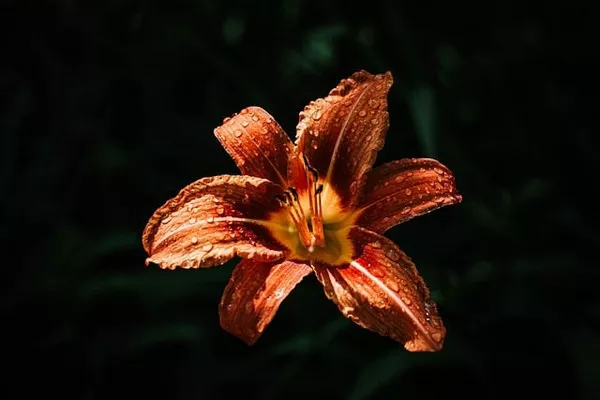As cherished members of our families, cats bring joy and companionship to our lives. However, ensuring their well-being involves more than just providing food and shelter. One often overlooked aspect of cat care is being aware of the potential dangers lurking in our homes, particularly in the form of toxic plants. Many common household plants can pose serious health risks to our feline friends. This article aims to shed light on some of the most toxic plants for cats, helping cat owners create a safe and nurturing environment for their beloved pets.
Lilies: A Beautiful Menace
While lilies (Lilium spp.) are renowned for their beauty and fragrance, they are highly toxic to cats, particularly members of the true lily family such as Easter lilies, tiger lilies, and daylilies. Ingesting any part of the lily, including the leaves, petals, or even the water from the vase, can lead to severe kidney damage and, in some cases, prove fatal. Recognizing the danger of lilies and keeping them out of reach is crucial for preventing a tragic outcome.
Aloe Vera: More than Just a Sunburn Remedy
Aloe vera, commonly known for its soothing properties, is a popular household plant. However, its thick, fleshy leaves contain a substance called aloin, which can cause vomiting, diarrhea, and other gastrointestinal issues in cats if ingested. While aloe vera may be beneficial for humans, it’s essential to exercise caution and keep it away from curious feline companions.
Sago Palm: A Silent Threat
The sago palm (Cycas revoluta) is a common ornamental plant in homes and gardens, prized for its aesthetic appeal. Unfortunately, all parts of the sago palm contain a potent toxin called cycasin, which can lead to severe liver damage and, in some cases, be fatal for cats. Recognizing the distinctive appearance of this palm and avoiding its presence in cat-friendly spaces is crucial to safeguarding your feline friend’s health.
Dieffenbachia: Beauty with a Bitter Consequence
Dieffenbachia, also known as dumb cane, is a popular indoor plant appreciated for its lush foliage. However, its leaves contain calcium oxalate crystals that, when chewed or ingested, can cause intense burning and irritation in the mouth, leading to excessive drooling and difficulty swallowing for cats. While dieffenbachia can be kept as a houseplant, it should be placed in areas inaccessible to cats to prevent potential harm.
Pothos: A Common Culprit
Pothos (Epipremnum aureum), also known as devil’s ivy, is a widely cultivated houseplant appreciated for its adaptability and low maintenance. However, the oxalate crystals in its leaves can cause irritation and discomfort if ingested by cats. Symptoms may include drooling, vomiting, and difficulty swallowing. Placing pothos in areas where cats cannot reach it or opting for pet-friendly alternatives is a prudent choice for responsible pet ownership.
Philodendron: Aesthetic Appeal, Hidden Perils
Philodendrons are popular indoor plants known for their attractive foliage. Like pothos, they contain calcium oxalate crystals that can cause oral irritation, leading to symptoms such as drooling and difficulty swallowing in cats. Being mindful of the potential dangers posed by philodendrons and placing them out of reach can help prevent unintentional exposure.
Azaleas and Rhododendrons: A Colorful Threat
Azaleas and rhododendrons, prized for their vibrant flowers, contain substances called grayanotoxins that can cause vomiting, drooling, diarrhea, and even more severe complications in cats when ingested. Recognizing these toxic plants and keeping them away from areas frequented by cats is crucial for preventing potential harm.
See Also What Do Plants Need For Photosynthesis
Conclusion
Creating a safe and enriching environment for our feline companions involves being vigilant about potential hazards, including toxic plants. The list provided here is by no means exhaustive, as numerous other plants can pose risks to cats. Before introducing any new plant into your home, it’s essential to research its potential toxicity and take appropriate precautions.
In addition to awareness, pet owners should establish a cat-friendly space by carefully selecting and placing plants out of reach. Regular veterinary check-ups can also help monitor your cat’s health and address any concerns promptly. By staying informed and proactive, cat owners can ensure a harmonious and safe living environment for their beloved feline friends.


